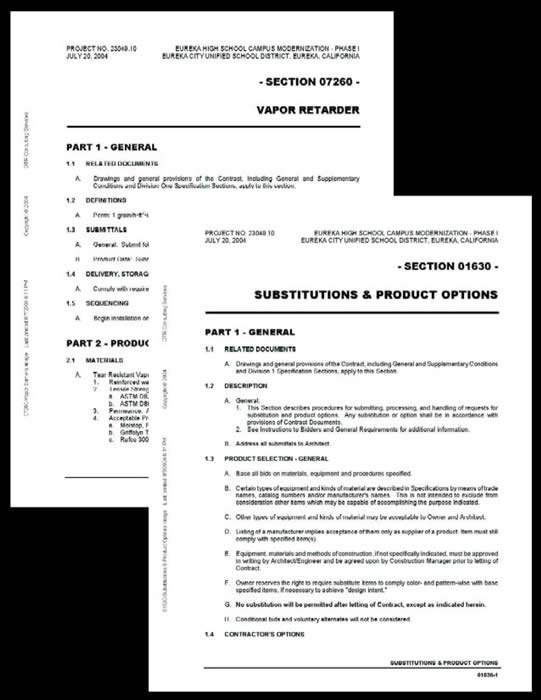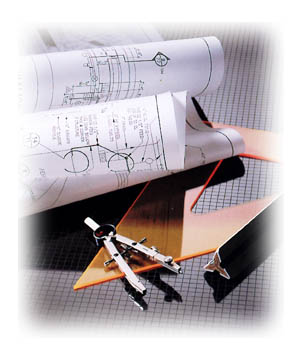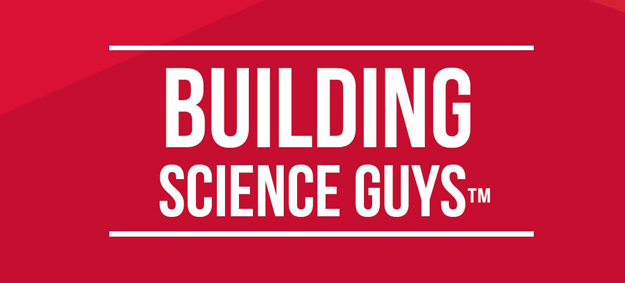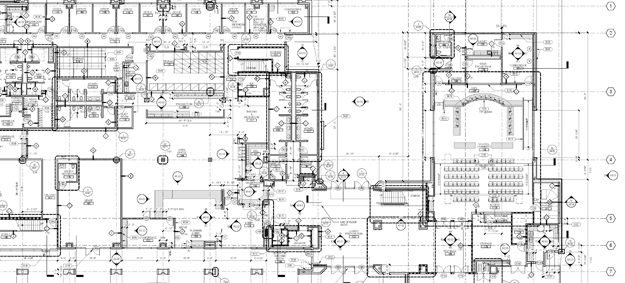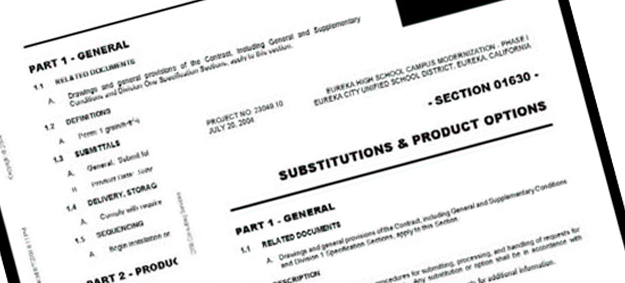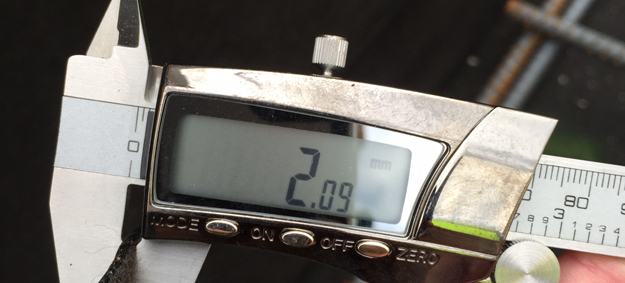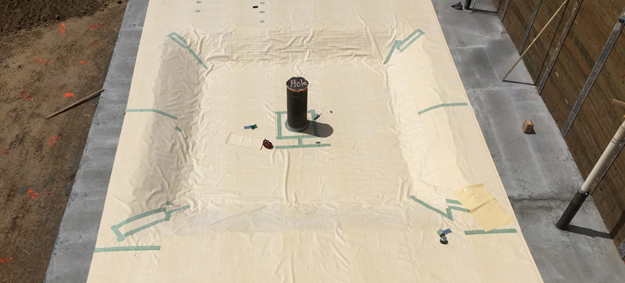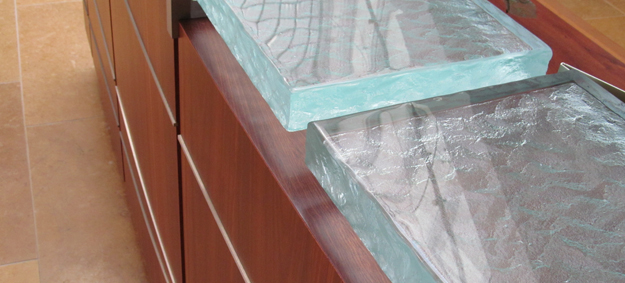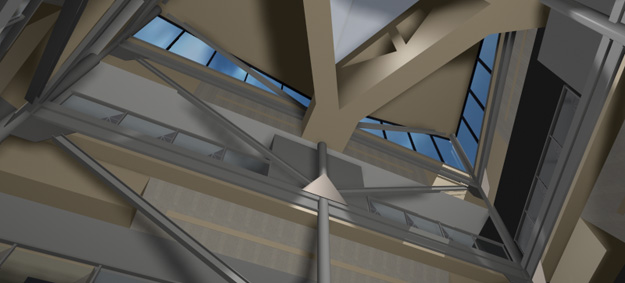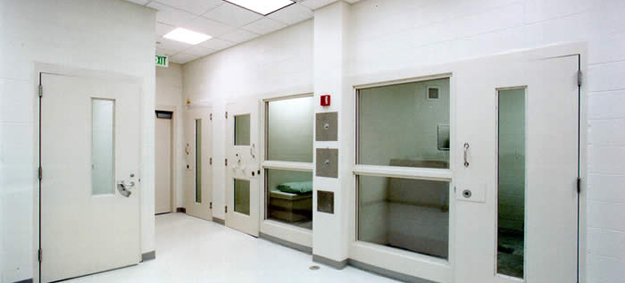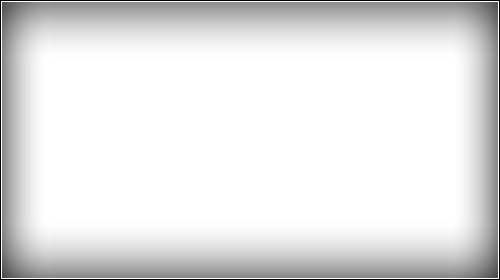
Architectural & Engineering Specifications
Let us show you why we are the best source for your project specification needs.
With more than $3 Billion dollars in construction project experience and more than 90% of our current projects pursuing LEED... Go with the experienced firm.
Architect & Engineering Specifications
Advantages
add additional text here...
Project Manuals
Specifications are written to communicate with potentially hundreds of people involved with the project, to assure they implement both the intent of the designers and the requirements needed to assure proper installation. Specifications can be as complex to develop as the construction drawings and can range from a single printed volume to several volumes. In some respects, this work is similar to that of an attorney producing a contract.
DTR Consulting Services uses both the 16-division 1995 MasterFormat & the 49-division 2004/2010 MasterFormat system of information organization developed and improved over the years by members of The Construction Specifications Institute (CSI). These divisions cover the various materials, products, and equipment that go into a building. They are important because they govern the way information is filed in the design office library, and they assure consistency among construction documents nationwide.
Each project specification section describes a unit of work and end product. Specification sections are broken down into three basics parts under the CSI SectionFormat:
Part 1 - General
Summerizes work covered in Section, covers applicable industry standards, references to other sections or documents, defines LEED requirements, governs specific submittals, establishes quality asssurance, lists specific code or testing references, describes mock-ups, notes specific site conditions, may list performance criteria, special warranties and required maintenance services.
Part 2 - Products
Describes products and assemblies to be used on the project, names of acceptable manufacturers, product accessories, material desciptions & performance data, fabrication requirements, finishes and other product performance criteria.
Part 3 - Execution
Addresses substrate preparation, examination, installation requirements for products and accessories, processes and job site conditions that must be maintained during product usage including field quality assurance testing, cleaning and protection of finished products.
Specifications may be written in multiple ways, but usually as a combination of the following:
-
Performance Specificationsdescribe the product without mentioning the manufacturer. Requirements might include meeting a specific wind load, color range, or structural loading.Prescriptive Specifications refer to industry reference standards, provide a generic description of the assembly, or list the proprietary brand names of one or more manufacturers.
We feel Specifications should never be written naming a product only followed by "or equal..." This will create more work for the Architect/Engineer in the Construction Phase, needlessly exhausting your limited resources.

